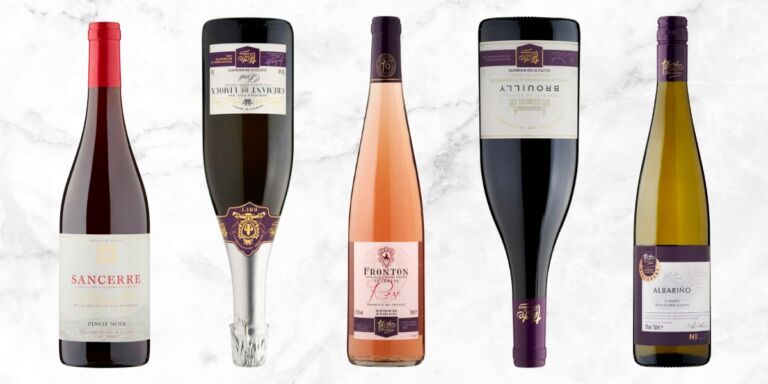Even knowledgeable wine lovers sometimes approach Amarone della Valpolicella with a degree of uncertainty, daunted by preconceptions of considerable alcohol and formidable structure. This tasting is designed to allay these fears, let you know what to expect and encourage you to explore the different styles and vintages.
For the spring issue of Club O, Amarone producers were invited to submit samples, and the response was impressive. But more remarkable was the high and consistent level of quality. Of the 90 samples, 40 scored 90 points or above. Amarone may be steeped in tradition, but the 11 valleys in the foothills of the Lessini mountains are alive with talented producers interpreting their traditions in a contemporary way. Key to this approach is that modern-day Amarone should not taste spirity or sweet.

Amarone is produced using appassimento, an ancient technique developed when cold conditions made it impossible to ripen grapes sufficiently. Bunches are dried in specially designed lofts, so the berries shrivel by at least 30%, concentrating the sugar. This means that the alcohol is high – usually around 16% – but it should feel integrated and balanced. (Around one in six of the samples tasted a bit hot on the finish.) The fermentation should complete with just a soupçon of residual sugar. (Regulations allow 11g/l at 16%ABV, but you are unlikely to encounter this level of sweetness. Many have less than 3g/l, which is undetectable.) The result is something rich and full-bodied, but essentially dry.
As the name suggests, Amarone should be slightly bitter – in a good way. Think sour cherries and quality black chocolate. This comes from the traditional grape varieties of Corvina and Corvinone, which are both low in tannin, yielding a soft, smooth and supple texture.
And then there are the aromatics, which are often misleadingly described as balsamic. During the appassimento process, chemical changes in the skin impart the signature aromatics of culinary herbs – from softly fragrant bay leaf and oregano, to more punchy aniseed/tarragon, to fresh notes of mint, basil and lime leaf. Corvinone produces a green peppercorn note, while tabanones, which develop during ageing, deliver the distinctive tobacco aromas. Amarone is intriguing for these aromatics, which bring great complexity to both nose and palate.

It may come as a surprise to learn that you don’t need to age Amarone. The producer has done this for you. Regulations stipulate two years in oak – four for riserva – but many are matured for considerably longer, and most producers then hold the wine for a further year in bottle. The 2011s, ’12s and ’13s currently on the market are drinking beautifully now (and you could decant the 2015 and ’16).
Amarone is the ultimate slow wine. Enjoy the unhurried artisan craftsmanship. It is the perfect wine for contemplation and refection; just don’t serve it too warm. And I encourage you to explore the different styles. The traditional style, matured in large Slavonian oak casks, made in a clean contemporary way (without volatility or oxidation), produces smooth, rounded and velvety wines, still fruity and herbal but combining more mature notes of coffee, tobacco and spices. Or you may prefer the modern, barrique-aged style, which is youthfully oaky and more extracted. The post-modern style confronts any preconceptions of heaviness via a lighter and more delicate approach, translucent and precise. On that note, look for a growing number of single-vineyard Amarones, reflecting a growing interest in revealing the terroir.

Finally, please don’t keep Amarone for Christmas or a midwinter casserole or hotpot. Amarone is expensive (rightly so, given the low production and extensive ageing), but it doesn’t demand haute cuisine, and the different styles offer surprising culinary versatility. Lighter styles are well suited to vegetarian dishes including risottos. A homemade spaghetti bolognese is fine, and the richer wines will hoover up mild chilli, spices and curries. As Amarone matures, it slims down and becomes more refined. 2011 could pair with chicken, quiche lorraine and – why not? – pizza. (My preference would be margherita or pepperoni.) It’s perfect with hard cheeses, salty or tangy. I like it slightly chilled with bresaola. I think it’s better with lean meat – game or beef – than fatty lamb. And if you are home alone, you can put it in the fridge and drink it over several days. It’s also great with a venison burger.
In short, Amarone is the perfect wine for our times – an example of resilience and innovation in the face of adversity, and not a wine to rush. Because let’s face it, we have the time…
Scroll down to see my highlights from a superb tasting.





























